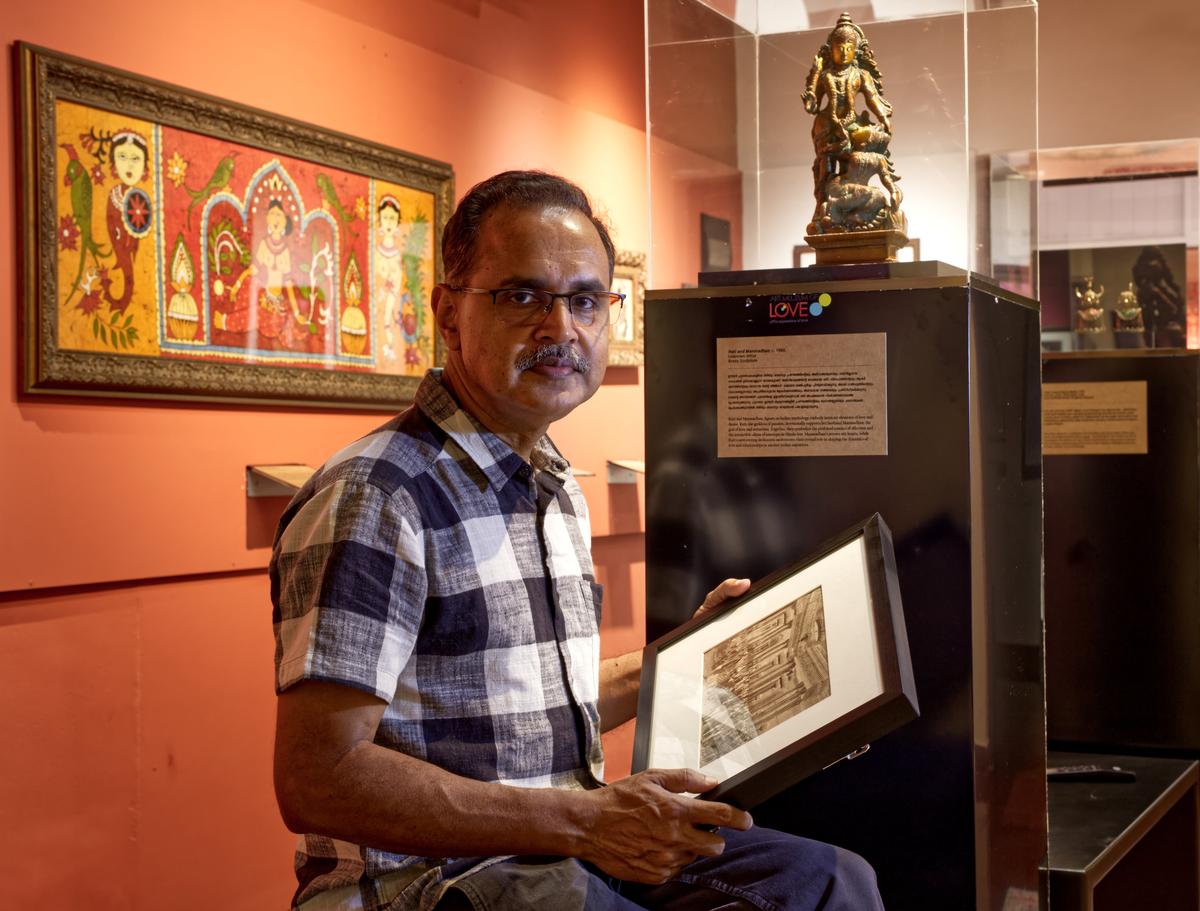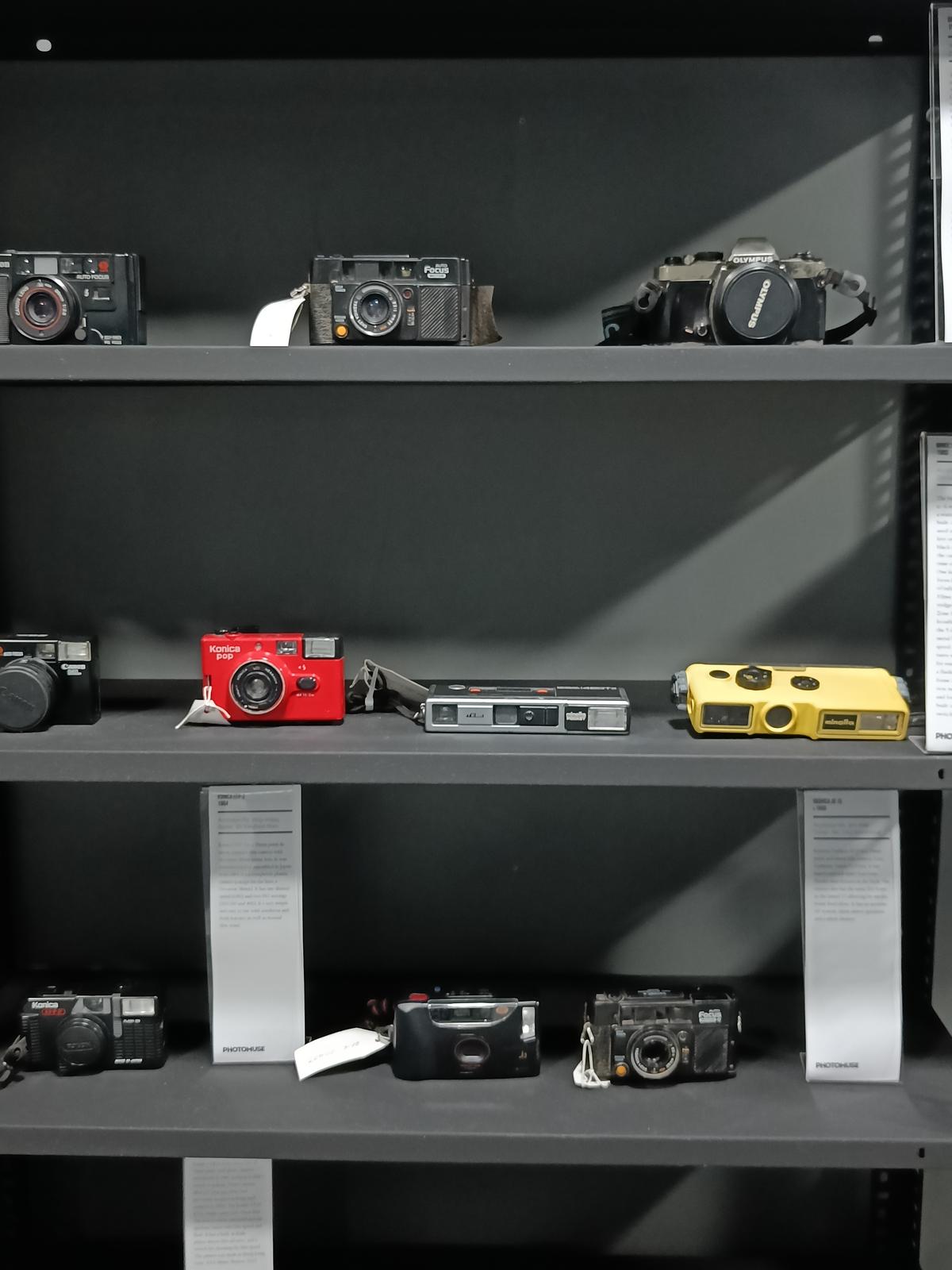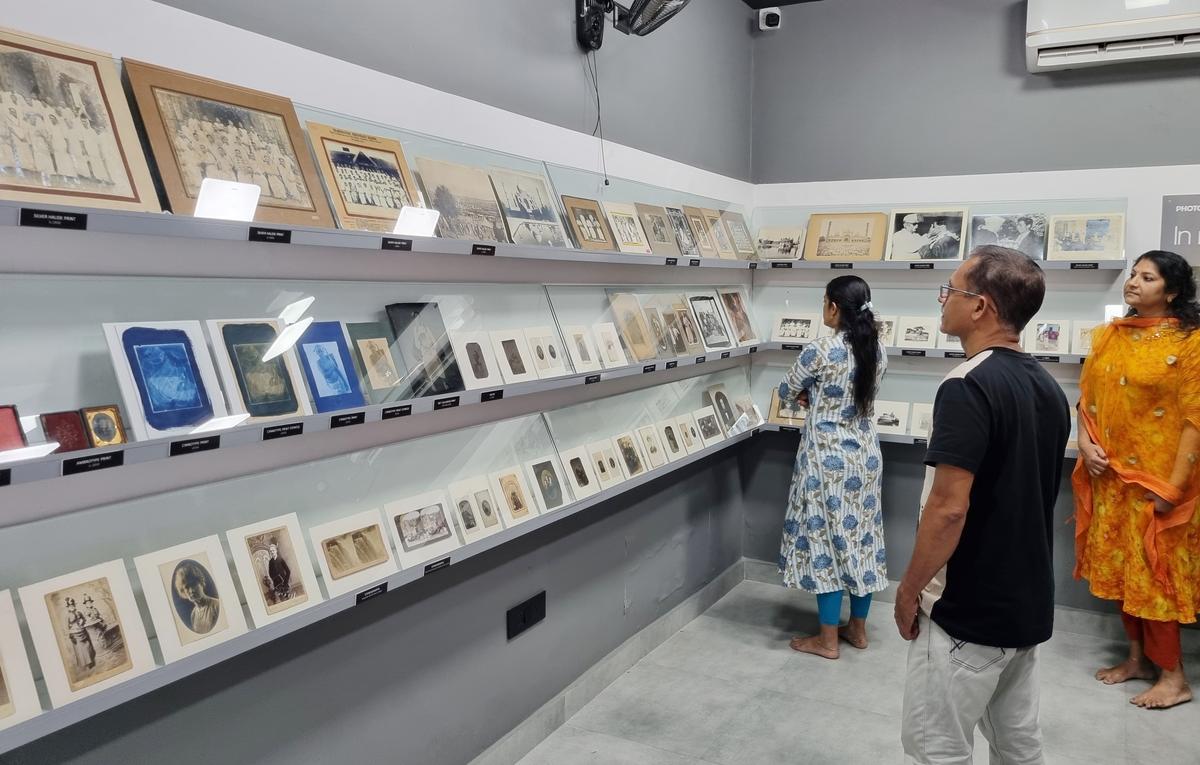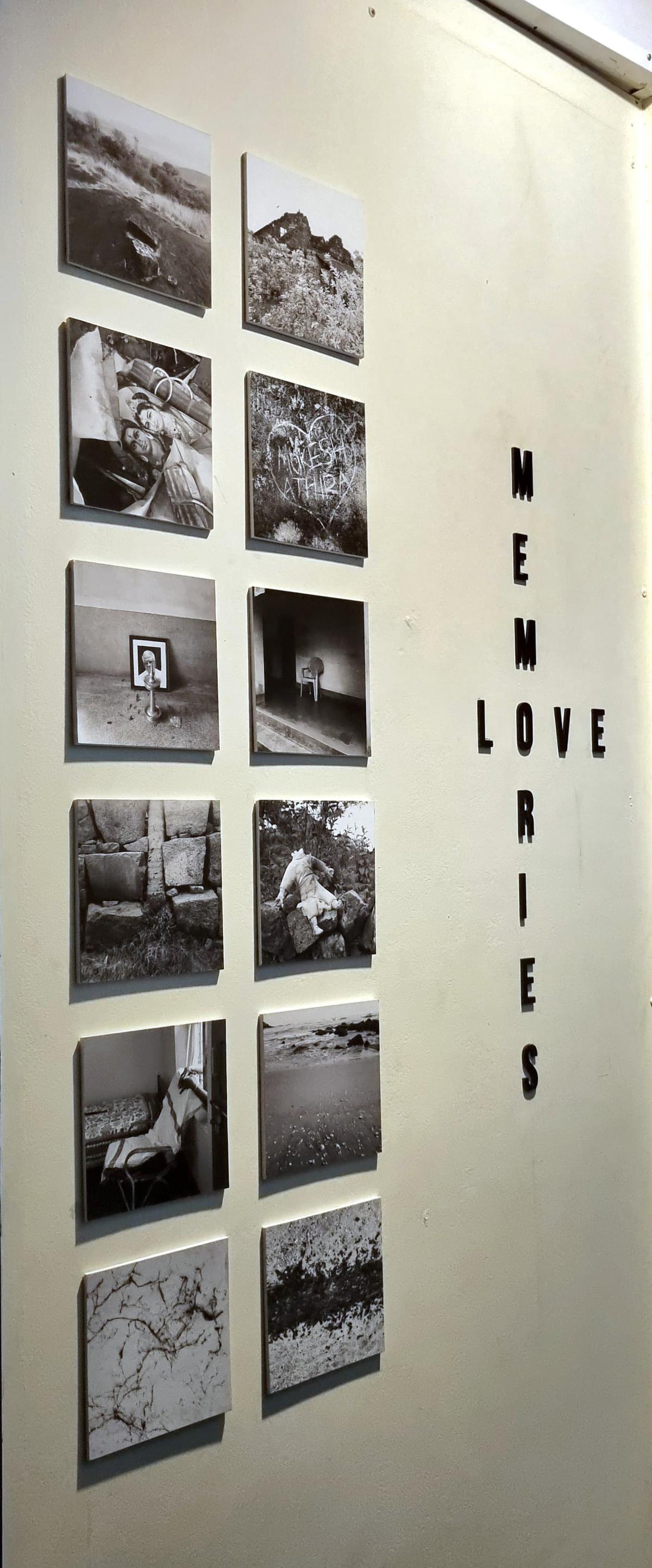On the map, Kodakara is a small, nondescript town in Kerala’s Thrissur district. At best, the famous Athirappilly waterfalls is located about 30 minutes from it. My interest, however, is piqued when I learn — through lens-based artist and writer S. Hariharan’s social media posts — about the existence of two art museums in close proximity to this town. They are noteworthy because not only are the two creating access and awareness about art and photography in a region where such facilities do not exist, but they are also taking such conversations beyond the urban elite.
PhotoMuse, located in the adjacent Mattathur panchayat, is dedicated to the art, history and science of photography, and the Art Museum of Love in Kodakara displays a collection of artworks themed around the concept of love. The common link: Unni Krishnan Pulikkal, a photo artist, curator and medical practitioner based in Kodakara.

Unni Krishnan Pulikkal
When I meet Dr. Pulikkal, he introduces himself as a doctor till noon — his practice is in his birthplace, Kodaly village, about 8 km from Kodakara — and artist for the rest of the day. Over the years, on his travels across India and abroad, he has been a regular visitor of art museums. “I have always felt that art shouldn’t be restricted to a select few. What about the people in my village [many of whom are from lower income groups]? Shouldn’t they have access?” asks Dr. Pulikkal, who has previously talked about how the idea first occurred to him while visiting the George Eastman Museum (dedicated to photography) in the U.S. in 2009. It was reinforced during visits to other photography and art museums in New York and Berlin. “In the times we live in, every person should receive an education in the arts. It makes them more humane. And the museums are my way of making that contribution to society and my people,” he states.

PhotoMuse
Exhibitions and exchanges
PhotoMuse, run by the Better Art Foundation, a non-profit public charitable trust founded by the doctor, is India’s first public photo museum. It operated from a small room in a rented building for over a decade, before a permanent museum opened in 2024. Its over 15,000-strong collection includes antique cameras and photography equipment, antique prints, documents, books, negatives, and much more.

Antique cameras at PhotoMuse
Over the years, the museum has curated exhibitions featuring well-known artists, and organised shows and exchange programmes with foreign institutions — such as the current exhibition City as a Dynamic Space with the Cleveland Photo Festival. Regular workshops are held to create awareness, and empower the local community through photography. The museum also brings out an annual photo journal, and is now working towards organising a photo festival in November, a first in the region.

Visitors at PhotoMuse
The museum, which receives between five and 10 visitors on any given day (with the numbers increasing on holidays and when school or college groups visit), is supported by 40 patrons who pay an annual donation of ₹1 lakh each or more. Last month, in recognition of their work, PhotoMuse also received a one-time grant of ₹1 lakh from the Kerala government last month.
All for love
The Art Museum of Love, which opened last year, is Dr. Pulikkal’s passion project. Located on the Thrissur-Kochi Highway, it displays paintings, folk art, sculpture, and photography connected to the celebration of love across different visual art traditions. “I have been collecting art for over 20 years, and I wanted to share this. It is an attempt to remind people about the omnipresence of love in all cultures of the world,” he says.

A display at the Art Museum of Love
It has exhibition galleries and a beautiful outdoor café with an adjoining space for discussions and get-togethers. But, do the locals visit? “Very few [at the moment], but change takes time. It can’t happen overnight,” he says, adding that the museum is preparing to host two exhibitions — one featuring photography and another paintings.

At the Art Museum of Love
“The scenario in the West is very different because going to a museum is an accepted cultural activity and part of their education and upbringing, so those comparisons aren’t fair. But I am in no hurry. I am sure they will come and I am ready to wait.”
The writer is a critic and cultural commentator, and teaches at FLAME University, Pune.
Published – April 17, 2025 03:01 pm IST

